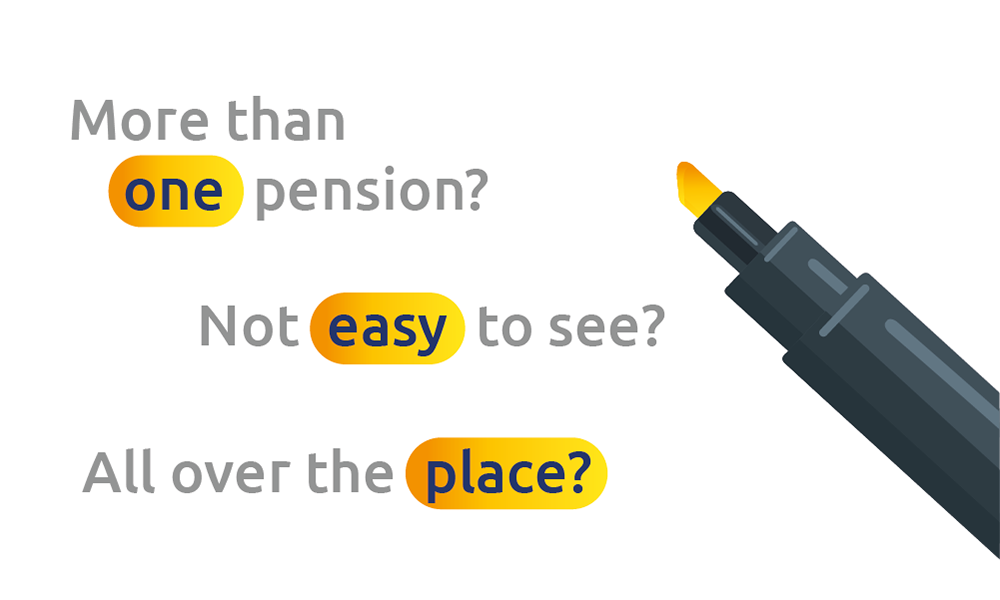Pensions
Six tips to get your finances ready for the new year
We’re giving you six tips to help get your finances ready for the new year.

id
2022 has been a time of uncertainty, market ups and downs, and rising living costs. Now, with the new year fast approaching, you may be looking for ways to improve your money situation or just become more confident about your future. So here are some things you can do to help get your finances in top condition for 2023 – and beyond.
1. Create or review your budget
Making a household budget could give you peace of mind that you’re able to afford your essential costs. If you already have a budget, check to see if it’s still working for you.
When you take a closer look at your current and past spending habits, you might find ways to cut costs going forward – freeing up some money to put elsewhere.
If you want to know more about the benefits of a budget and how to create one, check out our six reasons to have a budget.
2. Set goals – and consider ways of saving
To get your finances ready for the future, you might want to set some manageable money goals for yourself. Once you have a clear idea of what your goals are, you might find it easier to plan for how you’ll achieve them. We understand not everyone will have money to set aside right now, but even just thinking about your options could be useful for later.
There are various tax-efficient ways to save money that you could consider. You could put your money in an Individual Savings Account (ISA) or another type of savings account, for example. Do some research to see what might be the best fit for you.
And remember that saving into a pension plan can be a good way to reach your goals. Most plans offer tax relief on your payments, so putting money into one can actually cost less than you might think. For more information, you can read our article on how pension tax relief works. It’s worth keeping in mind that some pension plans (like salary sacrifice or salary exchange schemes) offer tax benefits in a different way.
If you have a workplace pension plan, your employer will normally pay into this. Their minimum payment amount is usually 3% of your earnings, while your minimum is typically 5%. But some employers will be willing to pay in more than their minimum. Others might even match your payments up to a certain amount – meaning if you put in more, they will too. It might be worth checking to see what’s possible, as this could give your pension savings a boost.
3. Get support with debt
If you’ve been concerned about debt this year, there are resources that could help you. MoneyHelper has lots of guidance on how to deal with money you owe. For example, there’s information to help you figure out which debts to tackle first. And the website can point you in the direction of professionals you could talk to for free.
4. Use online tools and calculators
With online tools and calculators, you can check if you’re on track for the future you want. And these can help you decide how best to manage your money as you head into the new year.
Using our retirement tool, you can let us know what kind of lifestyle you’d like when you stop working. Then we’ll show you how much money you might need to fund it.
After that, you could try our pension calculator, which shows how much money you might have in your pension pot further down the line. But don’t panic if you’re not quite where you want to be. This tool can simply give you an idea of what your savings might look like – which may help you choose how much to save into your pension plan each month.
Remember, a pension is an investment. Its value can go down as well as up and you may get back less than was paid in.
5. Track down your pension pots
Before you head into the new year, try to make sure ‘future you’ won’t be missing out on money that you’ve previously saved.
If you’ve ever changed jobs, there’s a good chance you’ve got more than one pension pot, and it might be hard to keep tabs on them all. Some people forget all about their old pots.
You may be able to track personal and workplace pension savings down using the government’s Pension Tracing Service. You might find that your old pots have increased in value over time, giving you more money to put towards your future.
6. Bring your pension pots together
If you have multiple pension pots, you could think about bringing them together into one plan. This can have several benefits:
- You have all your pension pots in one place, so it’s easier to see if you’re on track for the retirement you want.
- You can cut down on admin, as you’ll only have one provider to contact when your circumstances change.
- You might find you have lower charges.
Remember, transferring other pension plans will not be right for everyone, and you could lose valuable benefits and guarantees. There is no guarantee that you will get more as a result of transferring. You need to consider all the facts before deciding if it's right for you.
Combining your pension pots with Standard Life
If you want to reduce your paperwork and feel more in control of your financial future in the new year, you could consider bringing your pension pots together with Standard Life. Combining your pensions could make your retirement journey smoother.
We won’t charge you to bring your plans together. Plus, we can give you quick access to your pension savings from age 55 (rising to 57 in 2028), since we’ll aim to make the payment to you within five working days.
Whether you’d rather choose your own investments or have that part done for you, we offer a range of flexible investment options.
You can manage your pension plan online and through our highly rated app – so it can be easy to start, stop or change your payments even while you’re on the go. And you can have a look at your investments anytime, anywhere.
id
The information here is based on our understanding in December 2022 and should not be regarded as financial advice.
Standard Life accepts no responsibility for information in external websites. These are provided for general information.
Your own personal circumstances, including where you live in the UK, will have an impact on the tax you pay. Laws and tax rules may change in the future.



